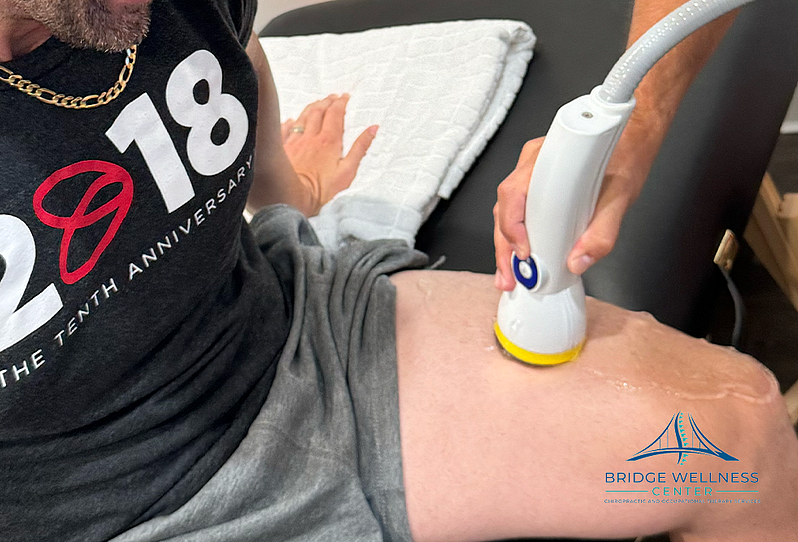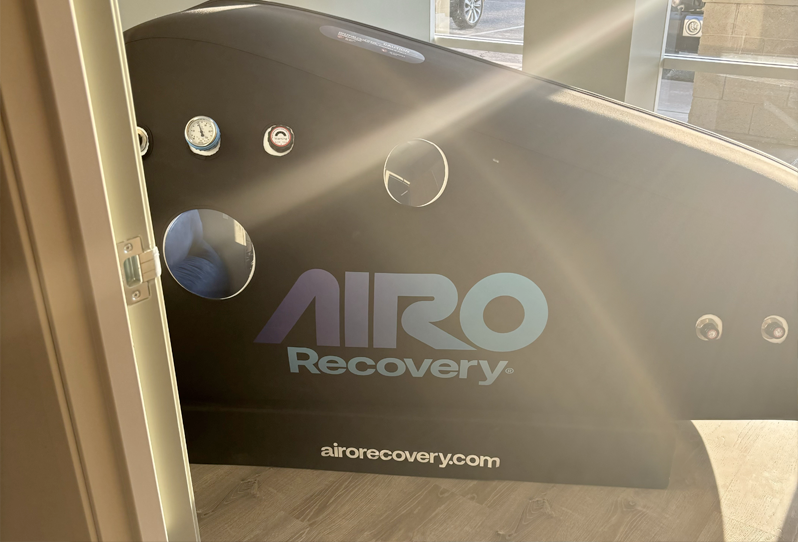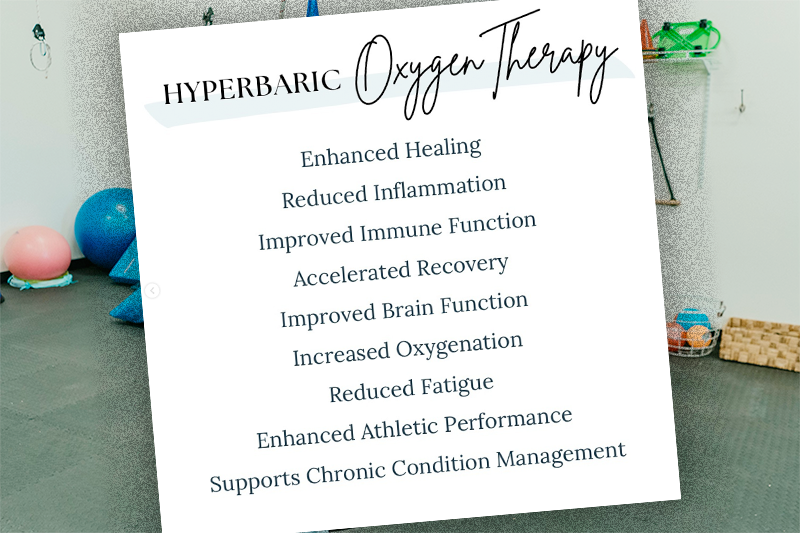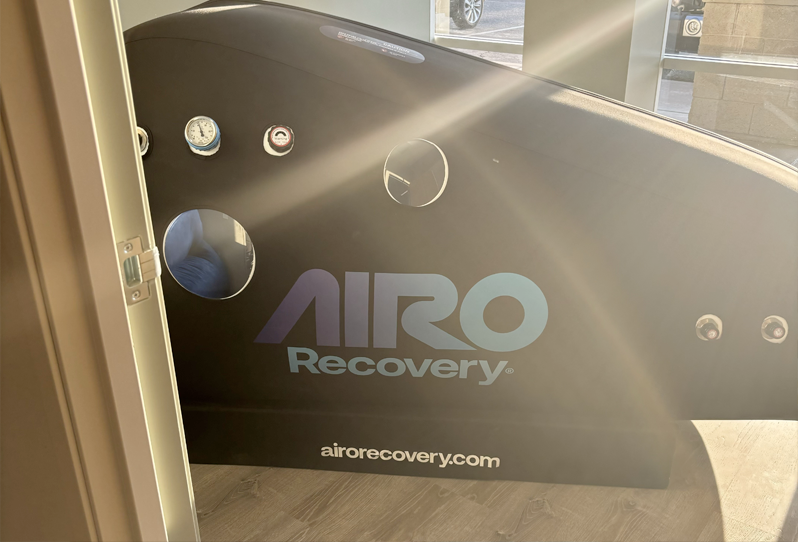Blog
How Red Light Therapy Can Help with Eczema
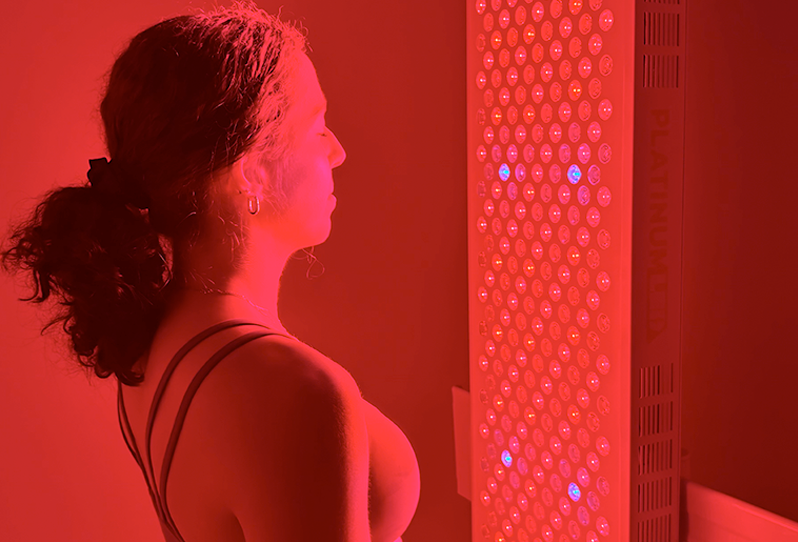
How Red Light Therapy Can Help with Eczema
Eczema, also known as atopic dermatitis, is a chronic skin condition that leads to dry, inflamed, and itchy patches of skin. It affects millions of people worldwide, causing discomfort and, in some cases, emotional distress. While traditional treatments like topical corticosteroids, moisturizers, and antihistamines help manage symptoms, they often come with side effects or fail to address the root cause of the condition.
In recent years, red light therapy has gained attention as a natural and non-invasive treatment option for various skin issues, including eczema. Red light therapy uses low-level wavelengths of red and near-infrared light to penetrate the skin and promote healing at a cellular level. This blog will explore how red light therapy can help people struggling with eczema find relief.
1. Reduces Inflammation
Eczema is often associated with chronic inflammation in the skin. This inflammation causes redness, itching, and swelling, which can be difficult to manage long-term. Red light therapy has anti-inflammatory effects, which can help reduce the irritation and discomfort caused by eczema.
The red and near-infrared light used in this therapy penetrates deep into the skin’s layers, stimulating cellular repair and reducing the release of inflammatory compounds like cytokines. This helps calm flare-ups and soothes the skin, making it an excellent alternative for those looking to avoid steroid creams.
2. Promotes Cellular Repair and Healing
Red light therapy promotes the production of adenosine triphosphate (ATP), the energy currency of cells. Increased ATP production accelerates cellular regeneration and enhances the repair of damaged skin. For people with eczema, this means faster healing of lesions, reduced scarring, and improved skin texture.
In particular, red light therapy stimulates the production of collagen and elastin, two proteins that are crucial for healthy, resilient skin. This can help improve the skin barrier function, making it less susceptible to dryness and future flare-ups.
3. Increases Circulation
Poor blood circulation can hinder the delivery of essential nutrients and oxygen to the skin, delaying the healing process. Red light therapy boosts circulation by promoting the formation of new capillaries and improving blood flow to the treated areas. Increased circulation aids in skin repair, bringing in more nutrients and oxygen to help with healing and reducing inflammation.
Better circulation also assists the lymphatic system in removing waste and toxins from the skin, reducing the buildup of irritants that can trigger eczema flare-ups.
4. Alleviates Itching and Discomfort
One of the most challenging symptoms of eczema is the intense itching, which often leads to scratching and further damage to the skin. Red light therapy helps alleviate this discomfort by soothing the skin and reducing inflammation. By addressing the underlying causes of itching, such as inflammation and dryness, red light therapy can provide long-lasting relief without the side effects of antihistamines or topical medications.
5. Supports the Skin’s Natural Barrier Function
The skin’s barrier function is often compromised in individuals with eczema, making it difficult for the skin to retain moisture and protect itself from irritants. Red light therapy enhances the skin’s natural defense mechanisms by stimulating the production of proteins that strengthen the outer layer of the skin. This can help reduce moisture loss, improve hydration, and minimize the risk of future flare-ups.
6. Safe for Long-Term Use
Unlike some conventional eczema treatments, such as steroid creams, red light therapy is considered safe for long-term use with minimal side effects. Since it is a non-invasive treatment, patients can undergo regular therapy sessions without concerns about skin thinning or other complications associated with prolonged steroid use.
Conclusion
Red light therapy offers a promising and natural approach to managing eczema. Its ability to reduce inflammation, promote skin healing, alleviate itching, and strengthen the skin barrier makes it a valuable addition to traditional eczema treatments. While it may not completely cure eczema, it can provide significant relief from symptoms and improve overall skin health. If you’re dealing with eczema and seeking an alternative to conventional treatments, consider checking us out a Bridge Wellness Center. www.bridgewellnesscenteraz.com
‹ Back



